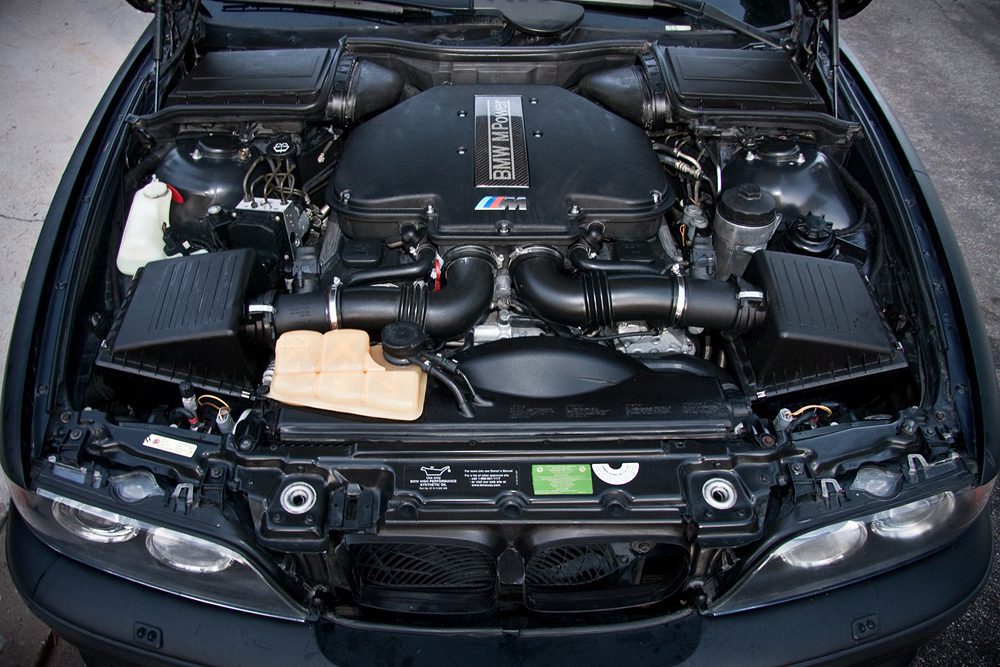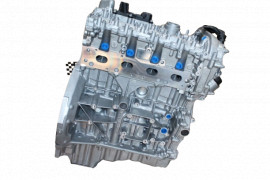Comprehensive Evaluation of a Subcompact Automobile's Powertrain Capabilities
In the realm of automobile engineering, the powertrain of a subcompact auto stands as a crucial nexus where performance, efficiency, and innovation converge. From the engine's ruthless quest of optimum performance to the transmission's smooth choreography of power circulation, every aspect plays a critical role in defining the general driving experience.
Engine Efficiency Evaluation
In assessing the engine efficiency of the subcompact automobile, a thorough analysis discloses its efficiency and power result under numerous driving problems. The subcompact cars and truck's engine, a critical element of its powertrain system, demonstrates extensive performance metrics. The engine's performance is significant, as it enhances gas intake without jeopardizing power shipment. Under normal driving problems, the engine operates smoothly, showcasing an equilibrium between performance and fuel economic situation.
In addition, when subjected to extensive screening circumstances such as high-speed acceleration or uphill climbs, the engine demonstrates durability and responsiveness. Its power outcome continues to be constant, offering appropriate acceleration when needed. The subcompact cars and truck's engine is customized to fulfill the demands of city driving, where quick acceleration and nimble maneuverability are necessary.
In addition, the engine's style incorporates modern innovations that boost its efficiency features. Attributes like turbocharging or variable valve timing add to enhanced power shipment and torque, improving the general driving experience. Finally, the engine efficiency of the subcompact car emphasizes its capability to deliver reputable and effective power result throughout numerous driving problems.
Transmission Effectiveness Assessment
Examining the subcompact cars and truck's transmission performance entails examining its efficiency in sending power seamlessly across various driving problems. The efficiency of a transmission system is crucial as it directly affects the overall efficiency and fuel economy of the vehicle.
One common approach used to evaluate transmission performance is with dynamometer testing, where the power output from the engine is measured at the input and result shafts of the transmission. Discrepancies between input and outcome power can indicate the level of efficiency of the transmission system. Furthermore, real-world driving examinations are carried out to evaluate how the transmission performs in practical situations. By analyzing these elements, engineers can recognize locations for improvement and enhance the transmission system for far better total efficiency and efficiency.
Gas Efficiency Evaluation
The analysis of the subcompact cars and truck's fuel effectiveness includes a detailed evaluation of its consumption rates under numerous driving conditions. Fuel effectiveness is a crucial consider analyzing the general efficiency and cost-effectiveness of a car. By gauging the quantity of fuel eaten per system range traveled, commonly expressed as miles per gallon (MPG) or litres per 100 kilometers (L/100 kilometres), the performance of the subcompact vehicle's powertrain can be figured out.

In addition, innovations in technology, such as crossbreed systems, regenerative stopping, and automated start-stop systems, have actually significantly improved fuel effectiveness in modern-day subcompact vehicles. Manufacturers remain to optimize and introduce powertrain elements to boost gas performance while meeting performance needs and ecological regulations. Evaluating a subcompact auto's gas performance provides valuable understandings for consumers looking for economical and sustainable transportation services.
Acceleration and Handling Evaluation
An essential element of assessing the performance capabilities of a subcompact vehicle lies in analyzing its velocity and taking care of features. Acceleration is critical as it establishes exactly how rapidly the vehicle can get to desired rates, impacting overall driving experience and ability to move in different web traffic problems. opel corsa engine. Subcompact automobiles are frequently favored for their nimbleness and dexterity, making velocity from grinding halt and throughout surpassing maneuvers crucial variables to think about
When it concerns taking care of, a subcompact vehicle's ability to browse corners, preserve security at high rates, and give a responsive steering feel are critical. Tight city streets and winding roadways call for exact dealing with to make certain chauffeur self-confidence and security. Variables such as suspension tuning, weight circulation, and tire hold play substantial roles in identifying a subcompact cars and truck's overall handling prowess.

Powertrain Parts Review
Upon diving into the ins and outs of a subcompact auto's performance, a detailed assessment of its powertrain parts is necessary to realize the automobile's mechanical foundations. The powertrain of a subcompact car typically includes the engine, transmission, driveshaft, differential, and axles. The engine, often a smaller sized displacement four-cylinder in a subcompact car, is visit the website accountable for generating power by shedding gas and converting the energy into mechanical pressure. The transmission, whether manual or automatic, transfers this power to the wheels via the driveshaft. The differential allows the wheels to rotate at different rates when turning, improving maneuverability. The axles transfer power from the differential to the wheels, allowing motion. Extra resources Comprehending exactly how these components work together is critical in analyzing a subcompact vehicle's general performance, efficiency, and driving dynamics. In the next area, we will delve deeper right into the particular duties and interactions of each powertrain part to supply a detailed review of a subcompact car's powertrain abilities.
Conclusion
To conclude, the subcompact auto's powertrain capabilities have actually been thoroughly assessed in regards to engine efficiency, transmission effectiveness, gas acceleration, effectiveness, and handling. The thorough evaluation highlights the importance of each element collaborating seamlessly to supply ideal efficiency. Generally, the powertrain components of the subcompact auto have actually been located to be well-balanced and reliable, making it a trustworthy selection for vehicle drivers seeking a compact and fuel-efficient car.
In the world of automobile engineering, the powertrain of a subcompact cars and truck stands as an essential nexus where performance, efficiency, and technology assemble.In examining the engine performance of the subcompact car, a thorough evaluation exposes its effectiveness and power result under various driving problems.Examining the subcompact auto's transmission performance includes examining its performance in sending power perfectly across numerous driving conditions. Comprehending just important site how these components function together is vital in assessing a subcompact car's total efficiency, efficiency, and driving characteristics.In final thought, the subcompact auto's powertrain capacities have actually been completely examined in terms of engine performance, transmission performance, fuel handling, acceleration, and effectiveness.